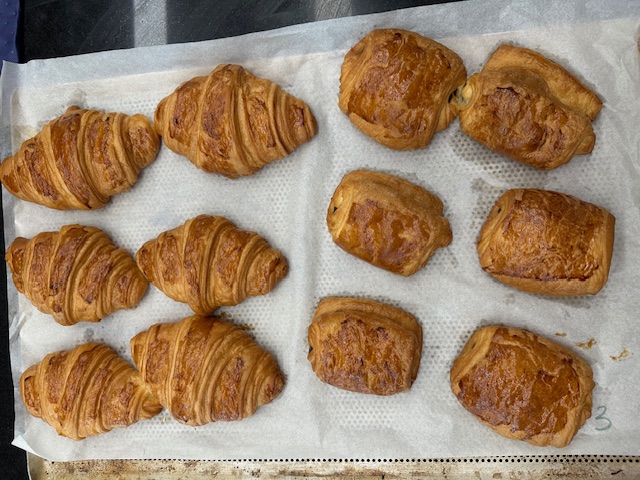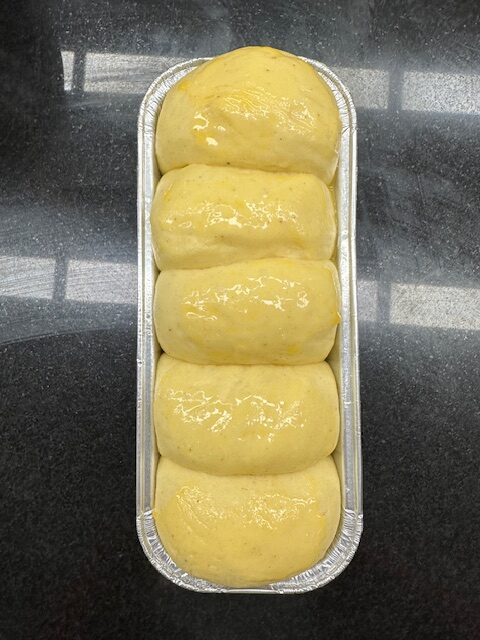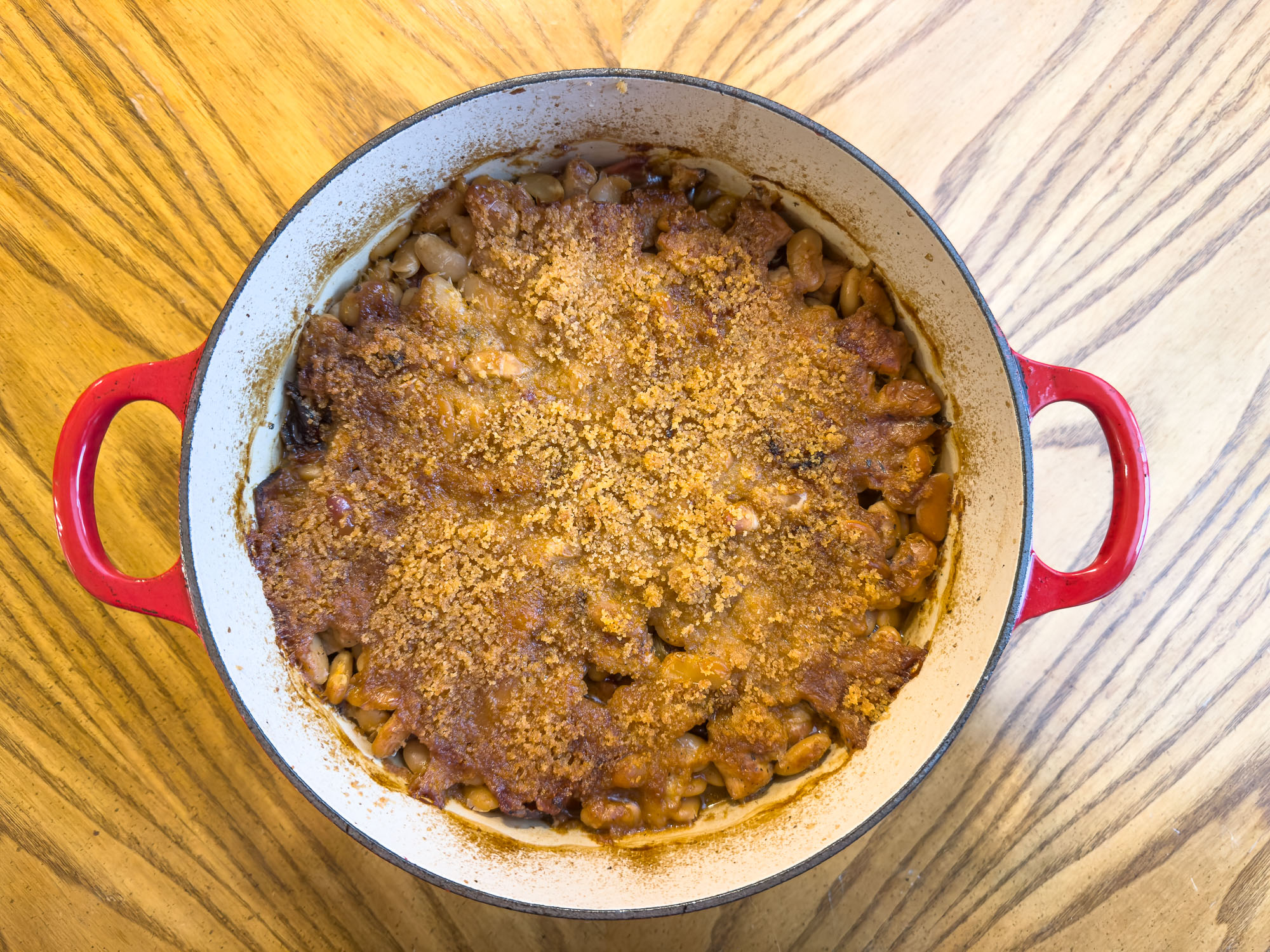Regular readers will recall that I trashed my left knee on a so-called family-friendly hike in Switzerland. I didn’t seek attention there because most of our destinations lacked medical facilities. I waited until I returned to the States to see a doctor. This is the saga of the knee over the last ten months.
United States. My primary care doc referred me to an orthopedic surgeon and ordered physical therapy (PT). I started the latter before I saw the former. He offered me a cortisone shot, but I wasn’t ready to have one yet. I wanted to see the progress I could make with PT first. I was doing well with therapy, but decided that a cortisone shot might be a good idea before this year’s vacation to France and the Netherlands. I thought I could get a shot soon before we left, so I procrastinated. Turns out I couldn’t get one with my doctor until after I got back from Europe. So I decided I’d tough it out.
France. Toughing it out was a poor idea. Our rental apartment was in the same walk-up we stayed in three years ago. The combination of going up and down those stairs (with no handrail) several times a day and walking around Paris put me in extreme pain. A grad school crony who lives in Paris sent me a list of emergency rooms near where we were staying. I limped into the Hôtel-Dieu emergency room around the corner from Notre Dame the day before Easter. The room wasn’t crowded. I got in to see the triage nurse quickly. It took a bit longer to see the attending physician, who told me that only rheumatologists are allowed to give cortisone shots in France and he wasn’t one. Instead, he gave me a prescription for Tylenol with opium, which did a number on my gastrointestinal tract. (I can’t take aspirin, ibuprofen, or naproxen due to potential bleeding issues.) I rested in the apartment for one full day and slowly got back to walking around. I managed to get through the Cordon Bleu class without too much suffering, but I knew I needed a shot to survive walking around Normandy and Brittany.
Netherlands. Julian’s cousin did some research and found an urgent care clinic in Amsterdam’s central train station that specializes in treating travelers. I managed to get an appointment with them the day after we arrived. Jackpot! I was able to get the cortisone shot there, and probably for much less that it would have cost me in the US. The doctor was very pleasant and chatty. He actually lived in Seattle for a short time in his younger days. AND the shot worked! I’m still pain-free two weeks later.
Moral of story. If you’re going to have knee problems, do so in the Netherlands. First, the terrain is flat, and you don’t have to deal with stairs in subways like in Paris. Second, you can get treated quickly in Amsterdam.




Recent Comments